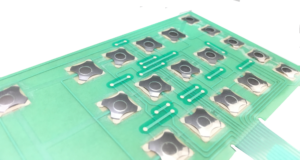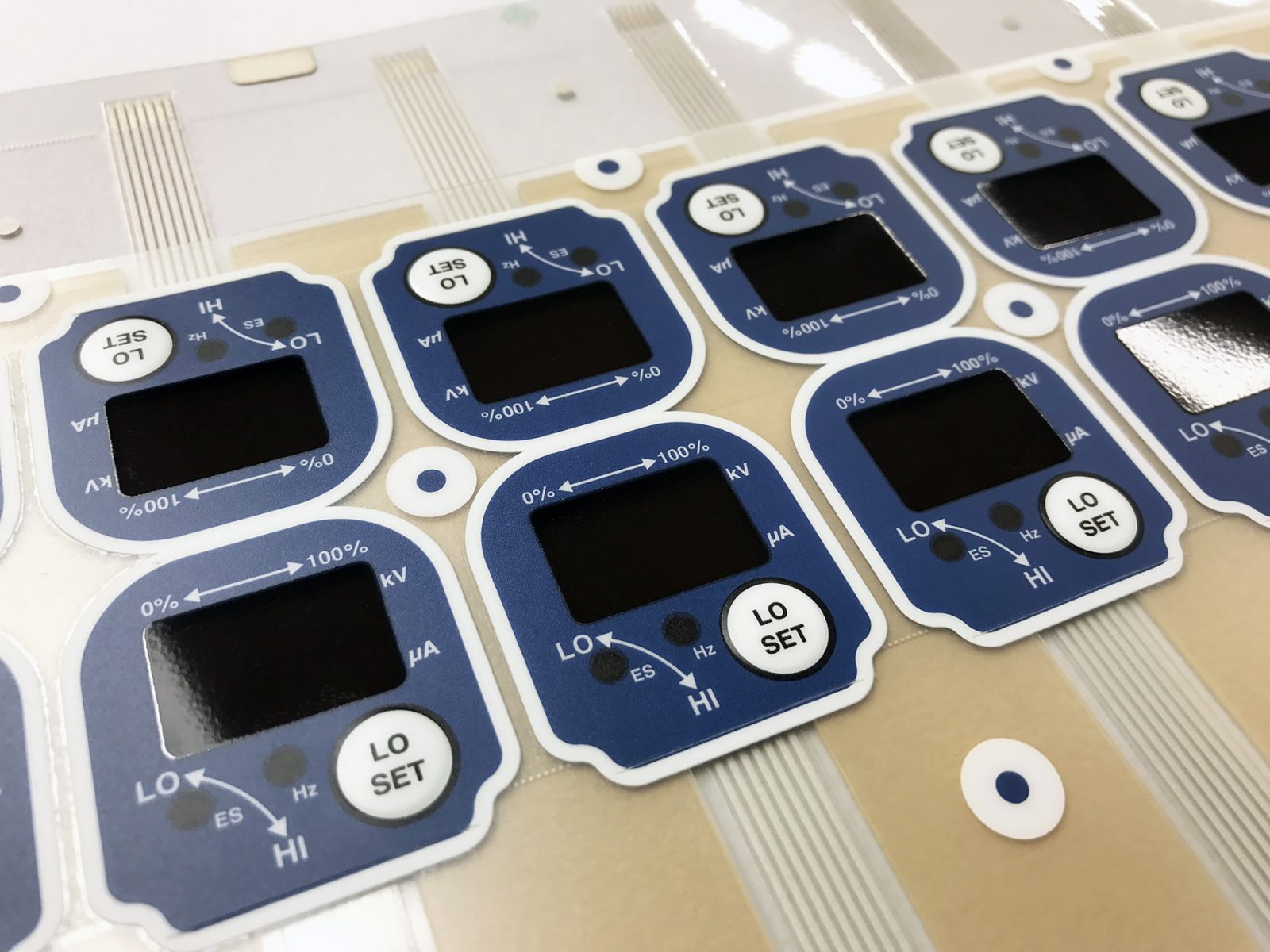Why Membrane Switches Are a Popular Choice for Healthcare Equipment
Why Membrane Switches Are a Popular Choice for Healthcare Equipment
Blog Article
Membrane Layer Switch Over Technology: The Key to Dependable and Cost-Effective Interfaces
Membrane switch modern technology has emerged as a crucial component in the layout of user interfaces, offering both reliability and cost-effectiveness across a diverse variety of applications. As we discover the complex benefits of membrane layer switches, their capacity for advancement elevates questions regarding future applications and advancing trends.
Understanding Membrane Layer Switch Over Modern Technology
Membrane layer switch modern technology is an extensively utilized interface service in numerous electronic gadgets, providing a smooth blend of performance and style. This technology includes numerous layers of materials, generally including a graphic overlay, spacer layer, and a circuit layer. The visuals overlay displays the interface aspects, while the spacer layer divides the circuit layer from the overlay until an individual turns on a switch.
When pressure is put on the overlay, the circuit layer completes the electric circuit, sending out a signal to the tool. This mechanism permits various arrangements, including tactile feedback and backlighting options, improving individual communication. Membrane buttons are commonly produced using long lasting materials such as polyester or polycarbonate, guaranteeing durability and resistance to ecological factors like dampness and dust.
The flexibility of membrane layer switches allows their application in varied industries, including clinical gadgets, customer electronics, and industrial controls. Their compact design permits integration into space-constrained settings, supplying a reliable interface without endangering aesthetic charm. Understanding the complexities of membrane button modern technology is essential for manufacturers and designers looking for to create trustworthy and efficient human-machine user interfaces.
Key Benefits of Membrane Layer Switches
While different interface options exist, membrane switches over offer distinct benefits that make them a preferred option in numerous applications. One of the main advantages is their resilience; membrane buttons are created to hold up against rough environmental problems, including dampness, dirt, and temperature level fluctuations, ensuring resilient performance. This strength significantly lowers the requirement for regular replacements, therefore decreasing general maintenance expenses.

Additionally, membrane buttons are light-weight and small, making them appropriate for applications where room is limited. Their inconspicuous design adds to a sleek appearance without endangering capability.
Cost-effectiveness is also a remarkable benefit, as the production process for membrane layer switches tends to be less costly contrasted to conventional mechanical buttons. This cost, incorporated with their integrity and simplicity of installment, settings membrane layer switches as a useful remedy for a wide variety of sectors seeking effective and efficient interface.
Applications Throughout Different Industries
Just how do membrane switches adjust to the varied requirements of various industries? Membrane layer button technology is progressively recognized for its versatility, making it ideal for a large range of applications across multiple markets. In the medical area, membrane layer switches are made use of in analysis tools and individual tracking tools, where their toughness and simplicity of cleaning are crucial for keeping hygiene standards. The automotive sector uses these buttons in control panels and control panels, using a structured visual while guaranteeing user-friendly operation.
In customer electronics, membrane layer buttons supply a compact remedy for remotes and home devices, improving individual experience via user-friendly style. In addition, the commercial sector leverages membrane buttons for machinery control board, profiting from their resistance to rough settings, such as wetness and dust.
Armed forces and aerospace applications also make use of membrane buttons for their reliability and capacity to hold up against extreme problems, making certain functional effectiveness in essential circumstances. Additionally, the food and beverage market takes on these buttons for automated systems, where hygiene and ease of procedure are vital. Ultimately, membrane layer buttons are tailored to fulfill the distinct demands of each industry, proving their necessary role in modern-day technology interfaces
Style and Modification Alternatives

In the world of membrane layer switch modern technology, design and modification choices play a crucial duty in boosting functionality and customer interaction. These switches can be customized to meet details functional needs and aesthetic preferences, making them versatile elements in numerous applications.
Among the main modification choices is the layout of the explanation button itself, which can be designed to accommodate distinct individual interfaces and ergonomic factors to consider. By changing the shape, size, and arrangement of switches, makers can develop instinctive designs that promote ease of usage. In addition, the incorporation of different shades and visuals overlays enables branding and boosted exposure, guaranteeing that customers can swiftly identify features.
Furthermore, membrane switches can be crafted with various responsive feedback systems, such as elevated buttons or audible clicks, to improve the user experience. Various materials can likewise be picked for resilience and ecological resistance, resolving aspects such as dampness, temperature fluctuations, and chemical exposure.
Inevitably, the substantial design and personalization choices offered in membrane layer switch modern technology empower organizations to create tailored remedies that not just meet functional requirements yet additionally align with their branding and operational demands.

Future Trends in Membrane Layer Buttons
As membrane layer switch modern technology remains to evolve, future fads are significantly concentrated on boosting individual experience and incorporating sophisticated capabilities. One considerable trend is the combination of touch-sensitive and capacitive technologies into standard membrane layer switches. This advancement permits even more user-friendly customer interfaces, giving responsive responses while maintaining a smooth style.
Another arising pattern is making use of eco-friendly products, driven by the expanding demand for sustainable production methods. Producers are looking for to decrease their carbon impact by utilizing recyclable substratums and low-impact inks, straightening with global sustainability objectives.
Additionally, the rise of the Net of Points (IoT) is triggering the incorporation of wise functions into membrane layer buttons. Boosted connection choices will allow devices to communicate with each other, permitting seamless assimilation right into broader systems.
Furthermore, developments in printing innovations, such as electronic printing, are permitting better design flexibility and customization. This makes it possible for producers to create elaborate layouts and lively colors cost-effectively.

Final Thought
In verdict, membrane layer switch modern technology represents a this post crucial technology in customer interface wikipedia reference layout, supplying considerable advantages in durability, modification, and cost-effectiveness. As advancements proceed to arise, particularly in touch-sensitive interfaces and sustainable materials, the potential for membrane layer changes to improve individual experience and capability continues to be promising.
Report this page